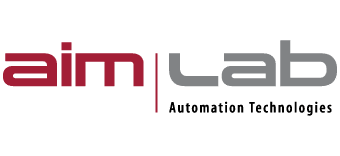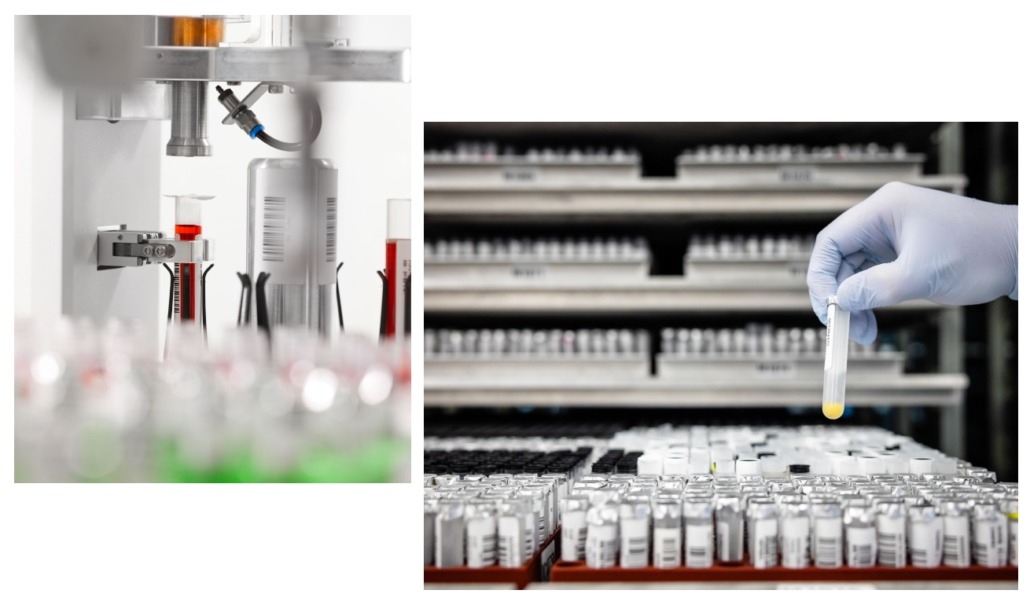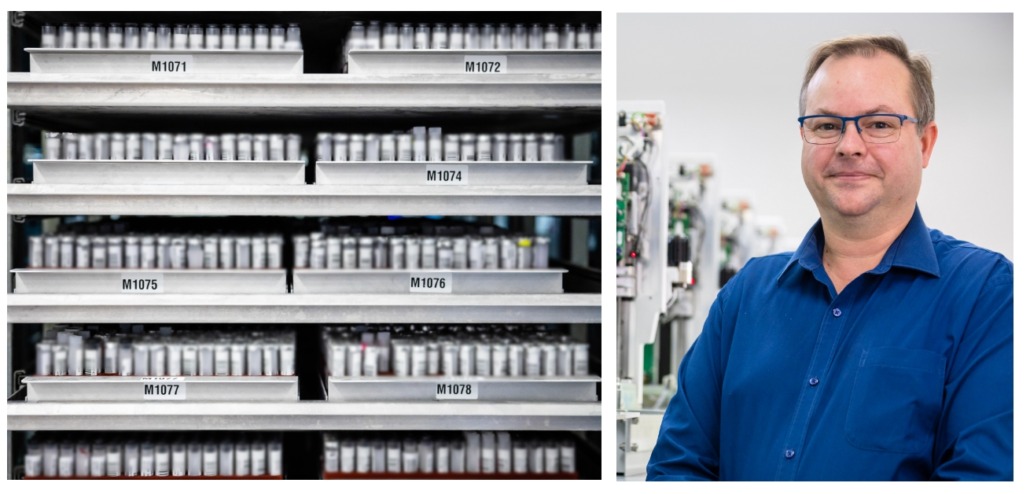How PathFinder is “The best tool for the job” for one large pathology provider
Throughout the peak of Australia’s COVID-19 waves, pathology laboratories laboured around the clock to support public health efforts in limiting the spread of the virus to keep communities safe.
Some may wonder how labs were able to support a workload that was continuously growing, but alongside a great deal of hard work, some essential laboratory instruments helped ease the burden of the samples that were piling up.
When looking for an automation solution to help deal with the workload, one large pathology provider* covering a state with multiple remote communities, weighed up aspects such as footprint, adaptability, throughput, and reliability. However, even when instruments can tick these boxes labs also need to consider resources in making any change on the lab floor.
“It’s actually thinking about how do you bring that in for a trial, and then potentially switch over and implement that in the lab, given that it also takes resources, time and energy,” a Senior Scientist in Microbiology and Infectious Diseases explained.
When finding a supplier, the Senior Scientist said that his organisation did a lot of homework to see what potential solutions were around that might fit their needs.
Their research revealed an instrument that could fulfil these needs in Aim Lab’s PathFinder 350A Archiver, which is designed to manage the storage of sample tubes in pathology laboratories through automation.
The Senior Scientist uses the PathFinder for its capping capabilities. His workplace is a high-capacity lab working at its limit during COVID-19 and has only been able to integrate some aspects of the PathFinder into their laboratory workflow so far, they have not yet been able to integrate the PathFinder with their Laboratory Information System (LIS).
Aim Lab was nevertheless able to work with their team closely to get the instrument up and running with minimal disruption during a period where the lab was extraordinarily busy.
Ryan Turner-Smith, Service & Sales Manager – Pathology at Aim Lab described Aim Lab’s approach;
“When working toward a new installation we plan to have the infrastructure in place prior to the instrument arriving on site. This includes the IT and LIS configurations.”
“The PathFinder itself is relatively simple. Training of staff is approximately 1 hour per session and by the end they can start using it. This basic level of training requirements makes it easy for all levels of staff to use our instruments.”
The Senior Scientist agreed; “Having these types of versatile automation solutions help with bringing in new staff, and they’re easy to use, easy for new staff,” he said, “it is very simple to train them how to load the PathFinder.”
Even without full LIS integration, the laboratory team have benefited greatly from using the capping, archiving and tracking functionality of the PathFinder.
Turner-Smith said; “The PathFinder 350A Archiver is capable of operating stand alone for instances where LIS connectivity is not possible. By implementing the PathFinder system, the team at this lab are no longer placing caps on samples and manually storing. This allows them to focus on the more important tasks with the ability to track a sample should they need to perform additional tests.”
The Senior Scientist has been pleased with Aim Lab’s approach;
“Aim Lab have always been great for us. Our engineers have been taught how to do the servicing and periodic maintenance. They’ve always been willing to listen to try and get things done.”
The instrument has produced significant benefits for staff and productivity at the lab.
“The costs have come down for capping. Using the PathFinder’s foil cap is cheaper than the old push-ins that we were using. So there have been staff savings,” the Senior Scientist said.
His lab now relies on the PathFinders, and they now have six systems installed. “We just can’t function without them now,” he said.
In addition, the variety and dimensions of the COVID-19 primary tubes the laboratory is receiving has also changed. With the help of Aim Lab’s team, the PathFinder was tweaked to better fit the laboratory’s needs. The Senior Scientist said; “We now have the flexibility of the system to adapt to multiple different dimensions, this is much easier for the lab.”
In the future, the organisation are looking to utilise the PathFinder’s decapping features. Actions such as capping and decapping can cause repetitive strain injuries (RSIs) for laboratory staff, a risk that is reduced when using the PathFinder.
“We’re always trying to address and avoid it and look for alternative solutions,” the Senior Scientist said, adding, “It’s also a menial task when staff time can be spent obviously doing more productive things.”
“The PathFinder, from what we’ve seen, is the best tool for the job. Having a good working relationship with Aim Lab helps as well. But if there are problems, we know that they’re willing to help us work through it,” he concluded.
*Aim Lab works with a number of publicly funded organisations who utilise our technology in their labs, but are unable to participate in public promotion of our products. We value the views of all our customers, so in order to include their views in our case study series we have deidentified some sections.




